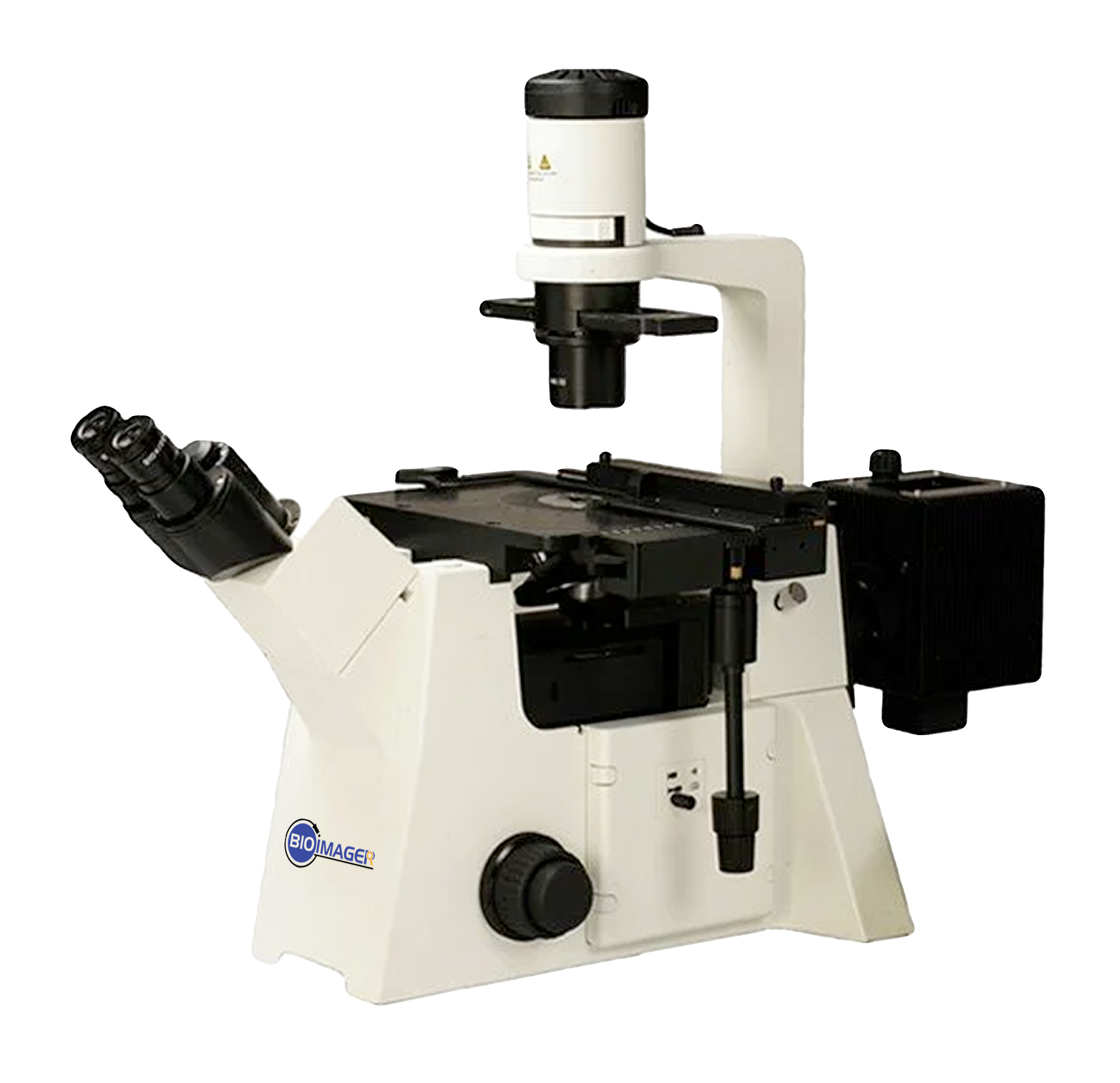 |
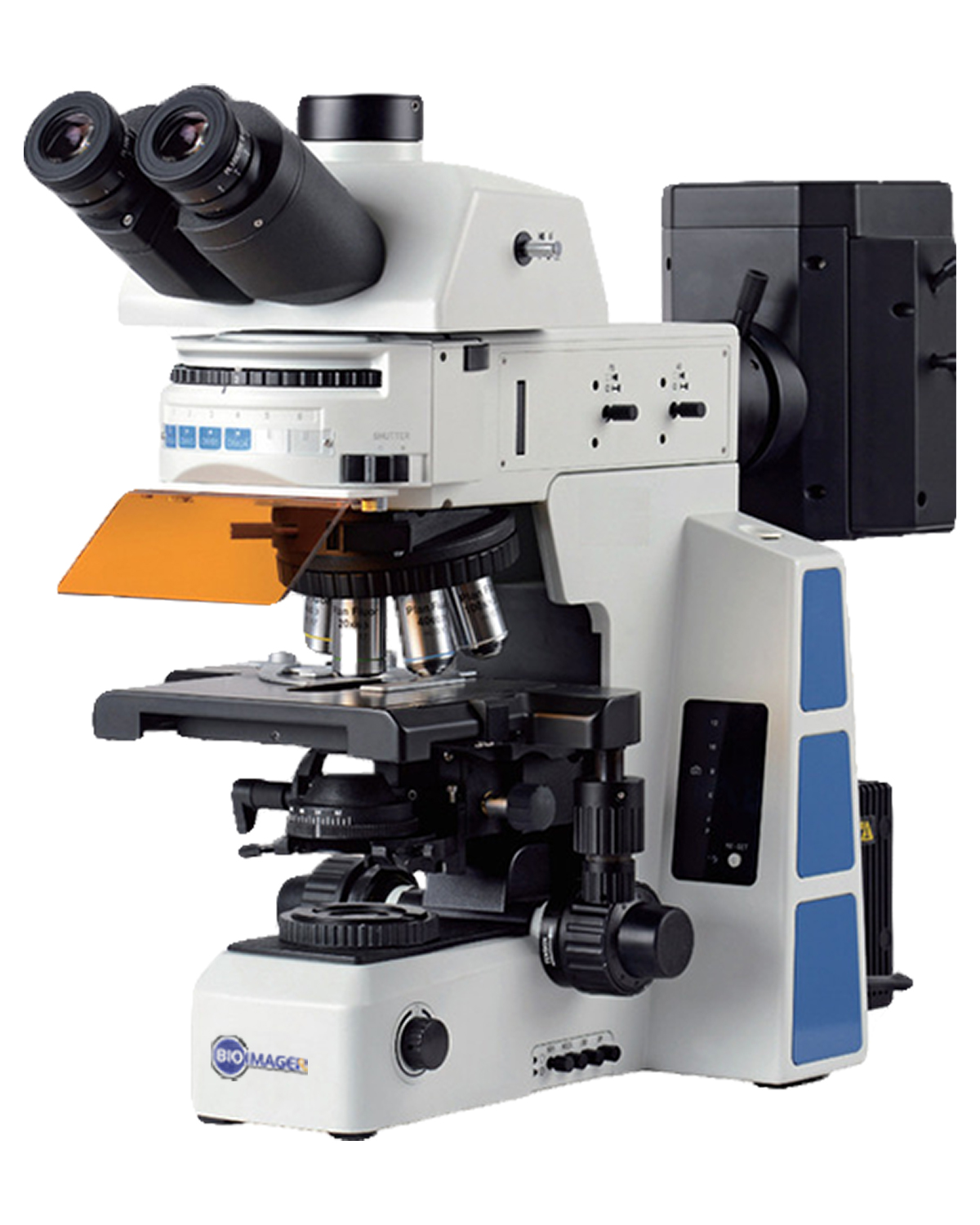 |
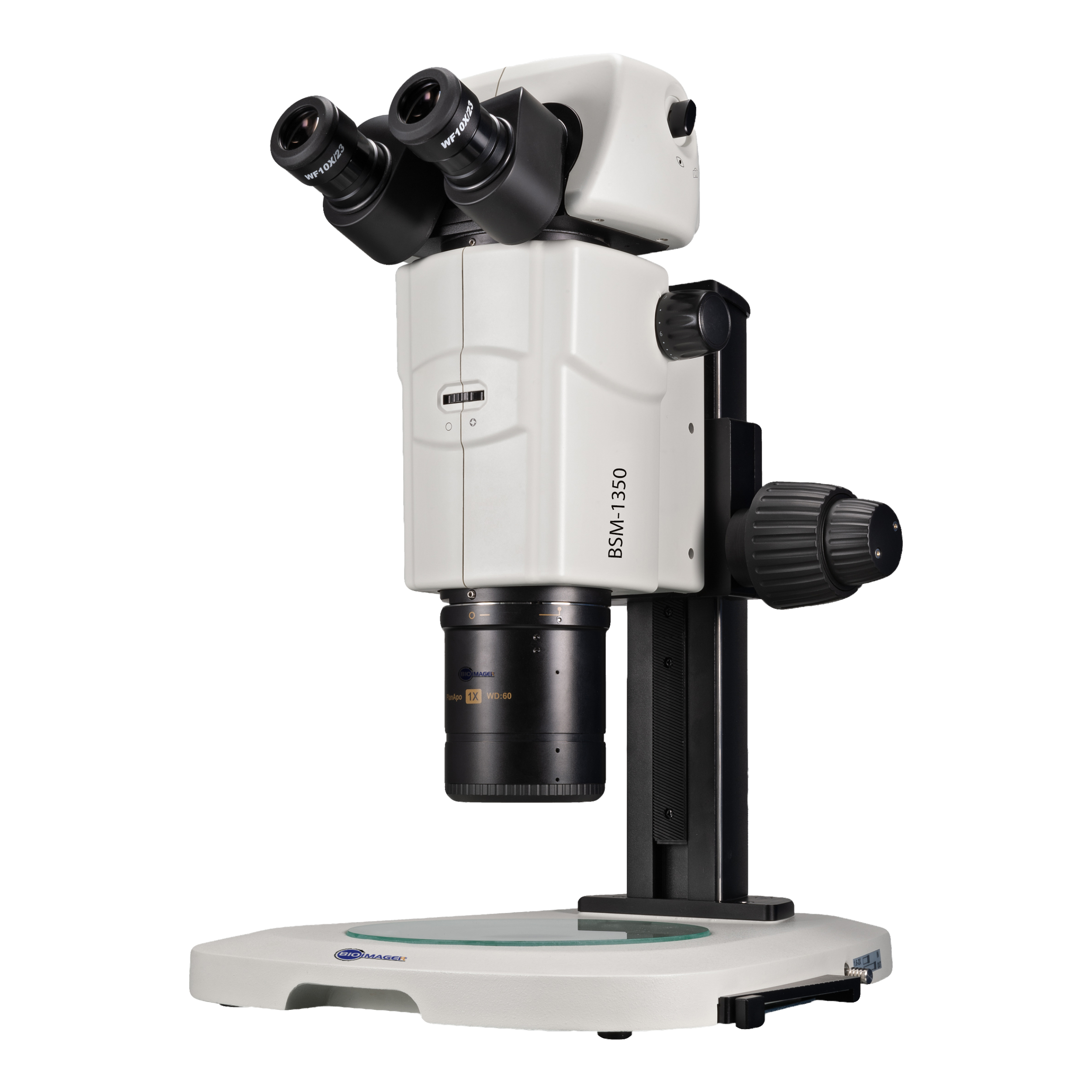 |
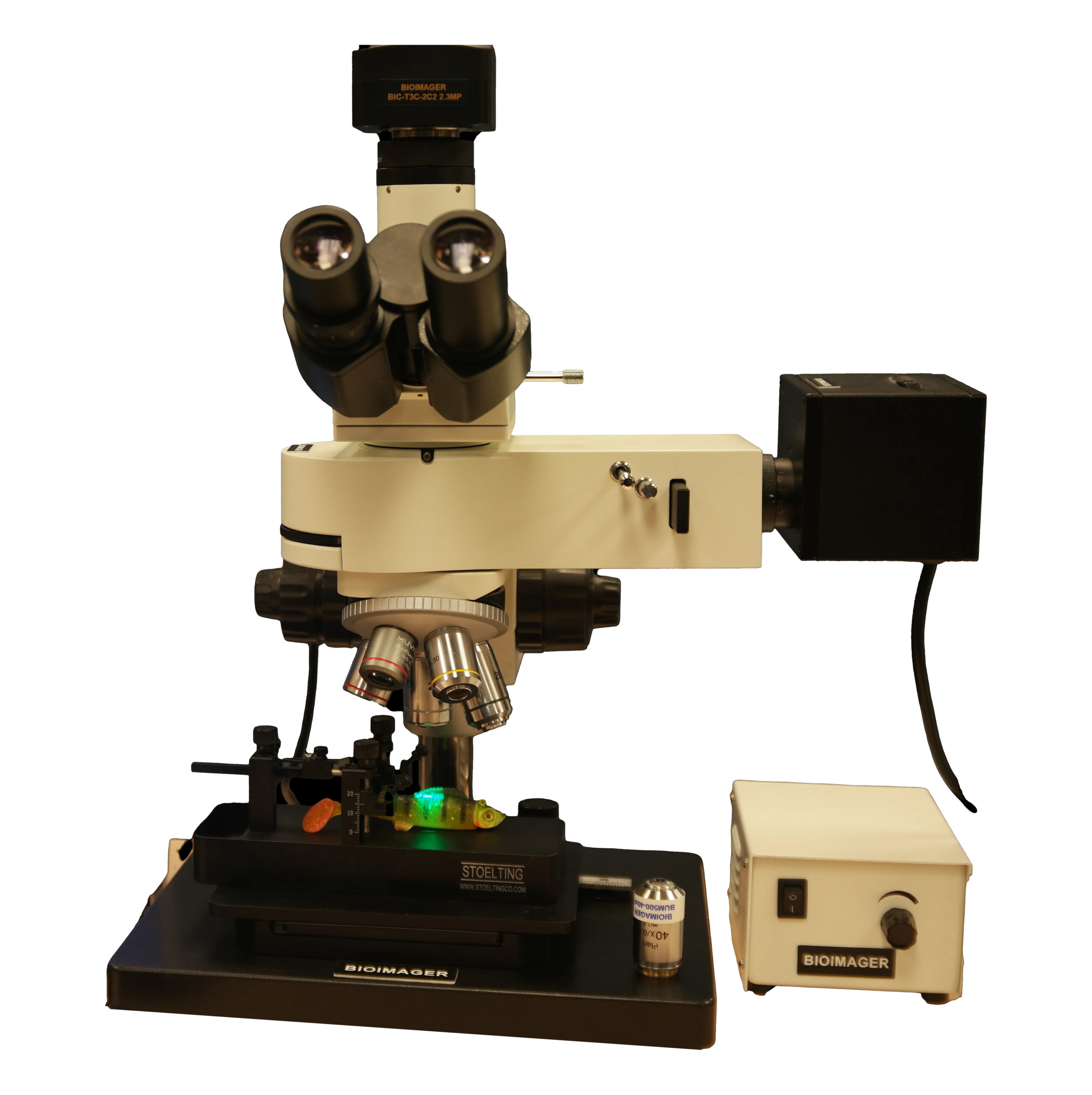 |
| Inverted Fluorescence | Upright Fluorescence | Stereo Fluorescence | In Vivo Imaging |
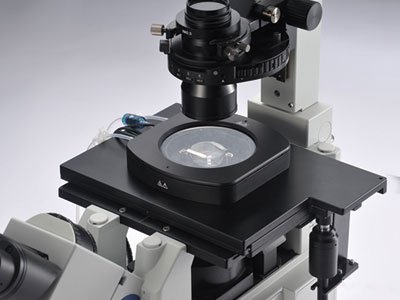 |
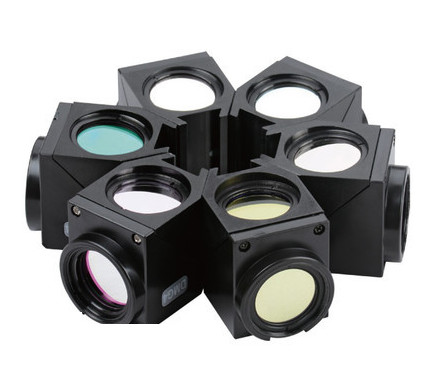 |
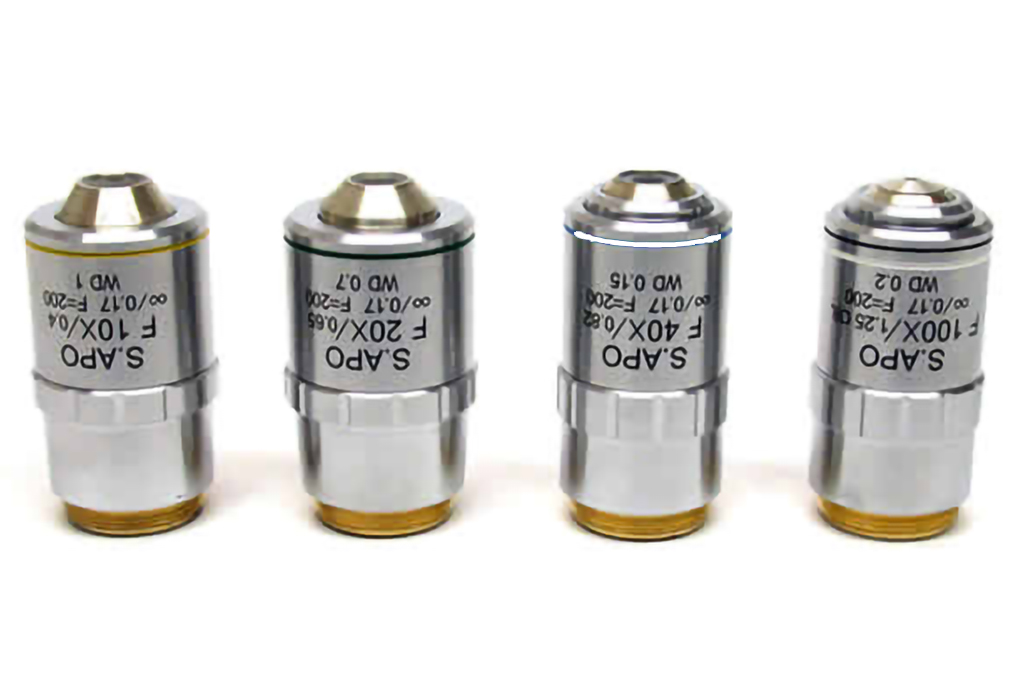 |
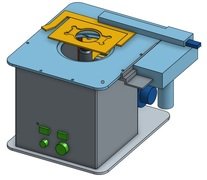 |
| Heating Stages | Fluorescence Accessories | Objective Lenses | OEM |

Showing all 8 resultsSorted by latest
Showing all 8 resultsSorted by latest
Epi-fluorescence stereo microscopes are specialized microscopes that combine the advantages of stereo microscopy and epi-fluorescence microscopy. They are widely used in various fields, such as developmental biology, neuroscience, and material science, for imaging and analyzing biological and non-biological samples in 3D.
Epi-fluorescence stereo microscopes use a combination of incident light and fluorescence illumination to visualize and analyze samples. Incident light is used to illuminate the sample from above, while fluorescence illumination is used to excite the fluorescent labels and visualize the sample in 3D. The stereoscopic viewing system allows for binocular vision and depth perception, enabling researchers to visualize the sample in detail and in three dimensions.
The advantages of epi-fluorescence stereo microscopes include:
Some common applications of epi-fluorescence stereo microscopes include imaging of live cells and tissues, studying neuronal circuits and brain function, analyzing microorganisms and plant structures, and visualizing material surfaces and structures.
The cost of epi-fluorescence stereo microscopes depends on the specific model and features, but they are generally more expensive than standard stereo microscopes. However, they provide unique imaging capabilities and can be a valuable tool for researchers in various fields.
Stereo fluorescence microscopes are versatile instruments that are widely used in various scientific fields for imaging and analysis of fluorescent samples in three dimensions. Some common applications of stereo fluorescence microscopes include:
The fluorescence aspect of the microscope allows researchers to visualize specific cells or tissues within the animal that have been labelled with fluorescent markers. The stereo aspect provides depth perception and allows for the visualization of the animal from different angles, which can be useful for studying its behaviour or anatomy.
There are several different types of small animal fluorescence stereo microscopes available on the market, each with its own unique features and specifications. Some of the key factors to consider when choosing a microscope include the magnification level, resolution, illumination sources, and compatibility with different types of fluorescent markers.
Overall, small animal fluorescence stereo microscopes are powerful tools for studying the complex biological systems of live animals, and they are widely used in research fields such as developmental biology, neuroscience, and cancer biology.
The applications of stereo fluorescence microscopes are vast and continue to expand as new fluorescent probes and imaging techniques are developed.
| Now, for the first time, end-users of stereoscopes can get benefits from the same advanced imaging techniques that upright microscopes users have long enjoyed. The new epi-fluorescence illuminator of BioImager stereo-microscopes allows 3D observation of samples such as living organisms using fluorescence methods such as green fluorescence protein (GFP), red fluorescence protein (RFP) or Texas Red, Dapi/Hoechst, as well as photo-resistant semiconductor wafers and printed circuit boards (PCB). Best of all, it provides all the advantages of advanced fluorescence microscopy along with ultra-long working distances for easy specimen manipulation and true three-dimensional stereo vision.
Last but not least, we offer LED epi-fluorescence stereo-microscopes and attachment to use with your own microscopes. |
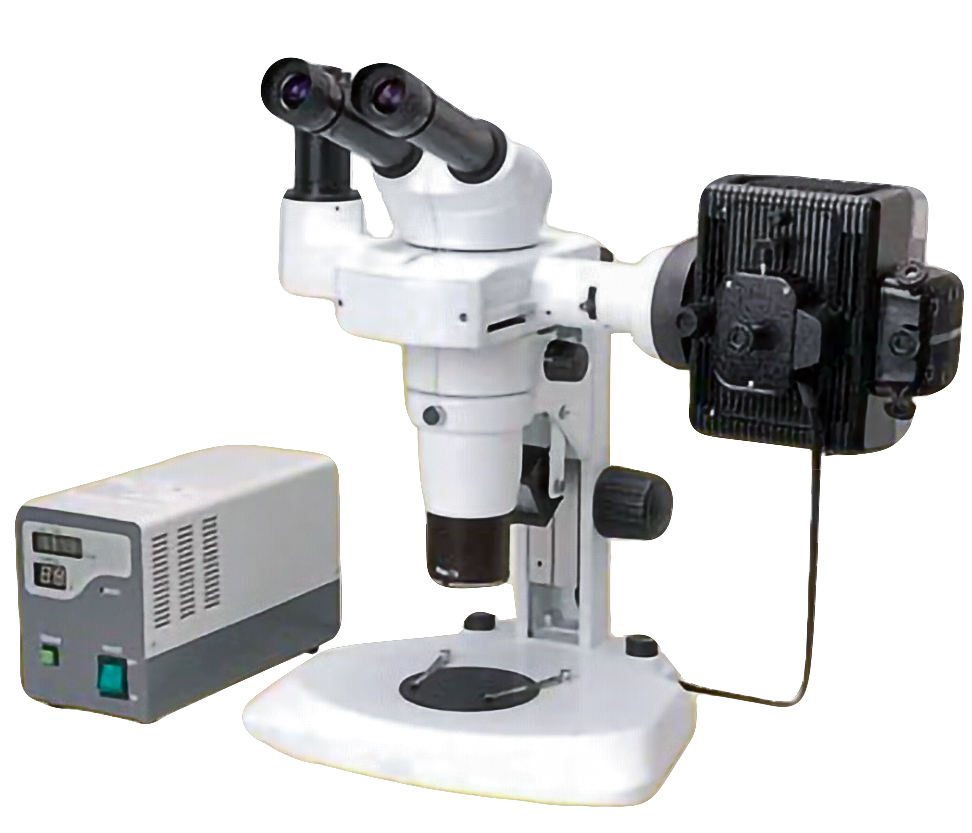 |
Features* Ideal Screening Fluorescence Microscopes * We offer a low-price solution for stereo fluorescence imaging, screening and manipulation of transgenic species. * Long working distance * Base configurations available for fluorescence only or with LED transmitted light source. * Bright, easily visible outputs. Multi-wavelength excitation. * Custom light adapter source, upgradable for bright GFP or any custom design. * Perfect tool for Zebrafish, embryo development studies, and Vet Labs. * #1 choice for Drosophila, C. Elegans fluorescent Imaging, macroscopic pictures of bacterial colonies, semi-conductor and microfluidic chips. * Tens of accessories and optional items to complete your imaging need * We offer up to 40 different specialized filter cubes.Please contact us for the listing. |
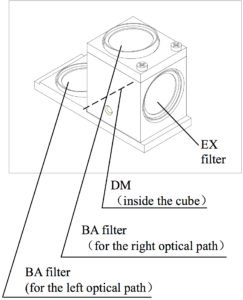 |
When you select a fluorescence microscope, you may take these into account:
1. What fluorophores or filters do I need?
2. Do I need a multi-band filter? A dual, triple and even 5-band multiwavelength filters are available to collect multiple channels in one shot.
3. What light source: LED or HBO? How about Xenon?
4. What type of microscope am I better to choose: stereoscope, inverted or upright? please read each category separately to find the answers.
5. More questions? Simply contact us by phone, email or live chat.
Please select the products based on your requirements from the left side list or below table: